Devilman Crybaby began 2018 off with a huge bang, and was able to maintain its number one spot in my heart the entire year, an impressive feat considering its January premiere and just how good Megalo box, Planet With, and GeGeGe no Kitaro turned out. I wrote so much about Devilman already this year that I honestly can’t bring myself to sing any more praises for it by this point, but it definitely deserves all my praises and more. Crybaby was an absolutely beautiful and chilling re-imagining of a true classic, done justice by an auteur creator. If you want to read a bit extra about it, check out the piece I wrote about Devilman in my Halloween series this year.
GeGeGe no Kitaro
GeGeGe no Kitaro
2018 marked the 50th anniversary for a lot of legendary properties and legendary creators. This was Go Nagai’s 50th anniversary as a comic artist, and the 50th anniversary of the Ashita no Joe manga, but perhaps one of the most important of the big 5-0 anniversaries this year was the 50th anniversary of the GeGeGe no Kitaro anime series. After the passing of comic legend Shigeru Mizuki in 2013 there is something all the more meaningful to see Kitaro on the small screen again--even after his creator’s passing Kitaro is still there to grow up with another generation of children. This is another anime series I talked ad nauseam about during my Halloween series this year, so I don’t want to go on too much now, but I will say this has easily been the highlight of all my Sunday mornings since it started in April, and this is the series that Mizuki and his legacy deserved. It’s doing one hell of a job kicking most “adult” anime's asses in terms of writing quality and animation, all while still being a kid show. It never talks down to its young audience either and tackles some really modern issues such as smartphone overuse, bullying, refugees that lost their own country, and even suicide.
The Girl in Twilight (Akanesasu Shoujo)
The Girl in Twilight (Akanesasu Shoujo)
The Girl in Twilight is pretty much the last thing I expected but somehow I came around to really enjoying it. From the mind of Kotaro Uchikoshi, the creator of the Zero Escape, comes … well .. ah … a magical girl show? About traveling to different parallel worlds? Where hijinks ensue and it’s more a story about growing up? Yeah, this … is a hard one to explain, and not really what I would expect with Uchikoshi’s name attached. I mean 999: Nine Hours, Nine, Persons, Nine Doors, this is definitely not, but well, this isn't half bad. The science fiction elements about radio frequencies and different worlds definitely feels like something out of an Uchikoshi game and all the all girl cast is actually very charming and sweet. I got really invested in seeing them grow up and face their inner problems. So a weird show, and nothing too special either, but this really grew on me personally.
Gundam Build Divers
The original Gundam Build Fighters anime in 2013 was like a phenomenon that caught literally everyone off guard. This silly little kid’s show meant to sell toys was somehow one of the best anime the year it aired and was made with so much love and attention to detail that it was a better anniversary present to the Gundam franchise than some of the actual anniversary celebrations. Ever since the original fans have been pretty divisive on the sequels, and while Build Divers is still not the original, I think it’s the closest we've come out of all the past sequel seasons and OVAs in the “Build” sub-series. I really enjoyed the Virtual Reality angle of the series, and thought the creative team did a lot to give the series an identity of its own instead of feeling like a dull retread of the original Build Fighters like Try did. So wrap that together a great main cast, and some pretty fun team battles and I say this was a win for Gundam fans.
Gurazeni: Money Pitch
Gurazeni is an anime I think most people never gave a fair chance. What seems like a basic sports series with a weird focus on money turns out to be so much more. It’s an inside look at the professional world of Japanese baseball, where you can really learn all the ins and outs and what makes the business end tick. The most interesting part however is that this is not your usual series starring a High Schooler with some grandiose dream, but a cast of adult professionals, many of which are just struggling to get by and stay in the game. It’s a completely different kind of feeling.
Professionals play some 100+ ball games a seasons. With that many games it’s not like they are all hot blooded screaming matches and if you lose once you’ll be out of the tournament. You gotta play smart, you got to think about your stats during the season, you gotta make sure you secure your spot on the roster for next year, if you excuse the horrible pun, this is a whole different kind of ball game. That’s what made Gurazeni so much fun every week, it’s more a calm collective observation about life in the major league for most players who aren't big celebrity stars instead of the usual shonen anime fair with some hot shot kid with a dream. I greatly enjoyed every laid-back episode of this show.
How to Keep a Mummy (Miira no Kaikata)
How to Keep a Mummy (Miira no Kaikata)
Cute!!! This is probably how I can define every single episode of this quirky pet comedy anime. Whoever knew mummies, dragons, and ogres could make such adorable pets. This was a basic “feel good” slice-of-life series where not much ever happened in each episode but it was such a nice reprieve from real life that the audience wouldn't mind. You didn't watch this for the plot, you watched this to just relax and smile for a half an hour, and How to Keep a Mummy accomplished this goal expertly.
Karakuri Circus is maybe one of the most underrated anime of the year, and it’s a darn shame considering the attention Ushio & Tora was eventually able to garner. Hopefully Karakuri Circus can one day get the same kind of tight knit following that its predecessor did. And if you couldn't tell already, Karakuri Circus is based off a manga by Kazuhiro Fujita, the creator of Ushio & Tora. Both series share the same well written and fleshed out character writing that Fujita is known for, and for fans of Ushio & Tora there is also the bonus treat of one of the three main protagonists, Narumi Kato, is literally just Tora from Ushio & Tora. The two characters share very similar appearance (when Tora was a human) and have the same personality. The Karakuri Circus anime even went the extra mile by casting the same exact actor for the roles.
Mr. Tonegawa: Middle Management Blues (Chuukan Kanriroku Tonegawa)
Unfortunately Karakuri Circus has the unenviable job of trying to adapt a weekly manga that is 43 volumes long in just 36 episodes, which means a lot of stuff has to be skipped over, condensed, and simplified, but for those of us who are watching I think we can all agree the studio is doing a great job at picking what to animate. The pace may be very brisk, but it sort of has that OVA kind of feeling to it with how fast it moves. You know, how a movie or an OVA can seemingly get so much story told in just a couple hours versus how a TV show may tell a story over the span of multiple months. Karakuri Circus definitely feels more like the former than the latter.
Even with its faults however, this anime really shouldn't be as passed over as it has been. Karakuri has the most heart and it’s easily the most ridiculous and fun shonen battle anime airing right now, and that’s saying a lot considering JoJo is airing right now too!
Lupin the Third - Part V
As somebody who was greatly disappointed by Lupin the Third Part IV I came into Part V expecting more of the same, but walked out blown away! This is everything I wished Part IV was, and it seems like the staff really learned from all their mistakes and were able to come together to make a very memorable Lupin series. My favorite has to be all the anniversary episodes that feature Lupin in his old jackets and the animation style changing over to how each previous series was animated. As a long time Pink Jacket Lupin fan I was in heaven, it’s probably been about 20 years since Lupin acknowledged the Pink era! Glad they were able to have so much fun with that particular throwback episode.
Megalo box
As mentioned earlier, Megalo box is the 50th anniversary project for the Ashita no Joe manga series, and one hell of a fantastic anime to boot. Everything from the animation to the music is top notch and invokes the feeling of the late 90’s and early 2000’s era of anime. It’s both nostalgic and new, and I think that’s a great way to pay homage to such a classic series. Megalo box is its own thing entirely while also reinventing many of the great moments from the original Ashita no Joe like some mirror that both reflects and distorts--it’s Ashita no Joe, it’s Megalo Box, it’s a classic reborn, it’s like nothing you have ever seen before. Megalo box is such a wild ride with thought provoking episodes and a crap ton of adrenaline rushing fights, and I can sing its praises all night if you let me, but the less said about each twist and turn, the better, so I think I’ll leave it at that. Easily one of the best anime in years, and had it not been for Devilman Crybaby it probably would have had my number one spot.
Mr. Tonegawa: Middle Management Blues is one of those weird spin-offs where you don’t really need to be familiar with the source material because … well it’s barley like the series it spun off of. This comedy centered around the Kaiji manga side character Yukio Tonegawa is best described as office humor, and it’s pretty straightforward with its premise of a hugely important businessman and his daily woes at his job. It’s sharp witted, and pretty funny but I think what made this series special to me was because it was the first “dubcast” anime from Sentai Filmworks I watched on Hidive, and I have enjoyed hearing all these different dub actors each week. I've gotten pretty use to hearing the Funimation and California based dub actors in weekly dub premieres, but hearing Sentai actors is quite something, and damn does this dub knock it out of the park. The real MVP of the show is by far David Wald as the narrator who can manage a laugh out of anyone no matter what the dialogue might say.
Muhyo & Roji’s Bureau of Supernatural Investigation
Muhyo & Roji’s Bureau of Supernatural Investigation
Muhyo & Roji is a Shonen Jump manga from 2004 that never really got its due credit. The manga was popular enough to maintain its spot in the magazine for many years but it never got an anime until this year. Was it worth the wait? Well, yeah, this is a classic Jump battle horror manga, with some good creepy monsters, and fun battles. I really enjoyed this show and I’m glad Muhyo & Roji finally got their moment of spotlight on the small screen. It brought back a lot of warm feelings from the early 2000', almost like a lost show from back then that I missed!
Planet With
Planet With
Planet With is weird. It involves a giant cat monster eating a young boy and turning into a super battle robot that said boy pilots and uses to get his revenge on the psychics who protect the earth from evil invading aliens. That’s … sure is something, but it’s just what you would expect from an original story penned by Satoshi Mizukami, the creator of cult hit manga Lucifer and the Biscuit Hammer and Spirit Circle. Just like Megalo box this is a bit hard of a series to talk about without spoiling all the best moments, but just know, the plot twist keep coming, and the game keeps changing, and everything gets more and more insane, and more awesome. This is one hell of a ride, and was also a major contender for my number one spot, personally. It's a show that anyone who enjoys the werid and anyone with a sense of humor definitely has to check out. You may come for the humor, but you will stay for the well written character moments ... and giant cat robot battles.
Skull-face Bookseller Honda-san (Gaikotsu Shotenin Honda-san)
Skull-face Bookseller Honda-san (Gaikotsu Shotenin Honda-san)
Have you ever worked in retail? Well Skull Face Honda knows your pain! This skeleton man has been stuck working in a book store and has all kinds of stories to tell. This humorous look into the life of book salesmen and the manga market is a fun little series. There’s tons of insight on not just the retail industry but also manga publishing companies as well. It’s a great little short anime that packs a lot of laughs.
Tada Never Falls in Love (Tada-kun wa Koi wo Shinai)
Tada Never Falls in Love reunites most of the staff from the popular 2014 anime series Monthly Girls' Nozaki-kun, and features a lot of the same kind of humor and characters. It’s a very laid back anime for most of its runtime, which lets the romance bud between the two leads at a more believable pace, and the final payoff is heart wrenching. As someone that has fallen in love with the wrong person in my past, I know all too well how much it can hurt to begin to harbor feelings for someone you know you can never be with and that heck you should never be with. The final few episodes of this series packs such a punch to the gut, and it’s really what won me over.
We Rent Tsukumogami (Tsukumogami Kashimasu)
We Rent Tsukumogami (Tsukumogami Kashimasu)
Did anyone besides me actually watch this anime? It got no love whatsoever and that always bummed me out whenever I watched an episode. It’s such a cute episodic show about a rental store that has tsukumogami, or inanimate objects that have souls and can come alive. Every week a tsukumogami is used to solve some sort of problem in the neighborhood, and it’s just a delight to see how these little dolls, tobacco pipes, and combs can be used to find out everything from cheating husbands, to phantom thieves. Of course the real treat is seeing how all these episodic stories eventually weave together into one greater narrative, and that characters often become reoccurring within the neighborhood, so even after their own episode is solved they still have roles to play within the greater story. You can really tell this anime started life as a novel, it’s so well written.
Perhaps the biggest surprise for me personally this year for anime was that I actually spent more than any human ever should on the Legend of the Galactic Heroes blu-ray box set. No kidding, this thing haunted me most of the year, and makes for one hell of a conversation starter. “Yeah, I am one of the few 1,000 elite that own Legend of the Galactic Heroes in English, what of it?” I say, while my guest stare at me confused as to what the hell Legend of the Galactic Heroes even is and why there is apparently only 1,000 of it to go around.
But in all seriousness now, Sentai Filmworks really impressed me personally this year. Their hidive streaming service has become one of my favorite to use this year to stream anime, and I watched so many great classics on it; Legend of the Galactic Heroes Gaiden, Blue Gale Xabungle, Space Runaway Ideon, Glass Mask (1984), Armored Troopers Votoms, Aura Battler Dunbine, and the list goes on. This year was a huge year for streaming classic 80’s anime in large part do to Hidive. And now Sentai/Maiden Japan are releasing a large chunk of these anime on blu-ray which is something I never thought I would live to see the day. You can buy the entire Space Runaway Ideon series on BD right now if you wanted to. What a time to be alive! Perhaps the biggest surprise was their acquisition of Armored Troopers Votoms, a show I wanted someone to license rescue for close to a decade now. I always regretted missing out on the original Central Park Media (man they don’t even exist anymore!) DVD release back in 2001. I always thought it would be Discotek coming to the rescue for Votoms, but you know what, I’m glad to see it was Sentai. The more companies putting classics on BD the better, I say.
I hope you all enjoyed my anime list and have a great new year! Happy 2019!!!

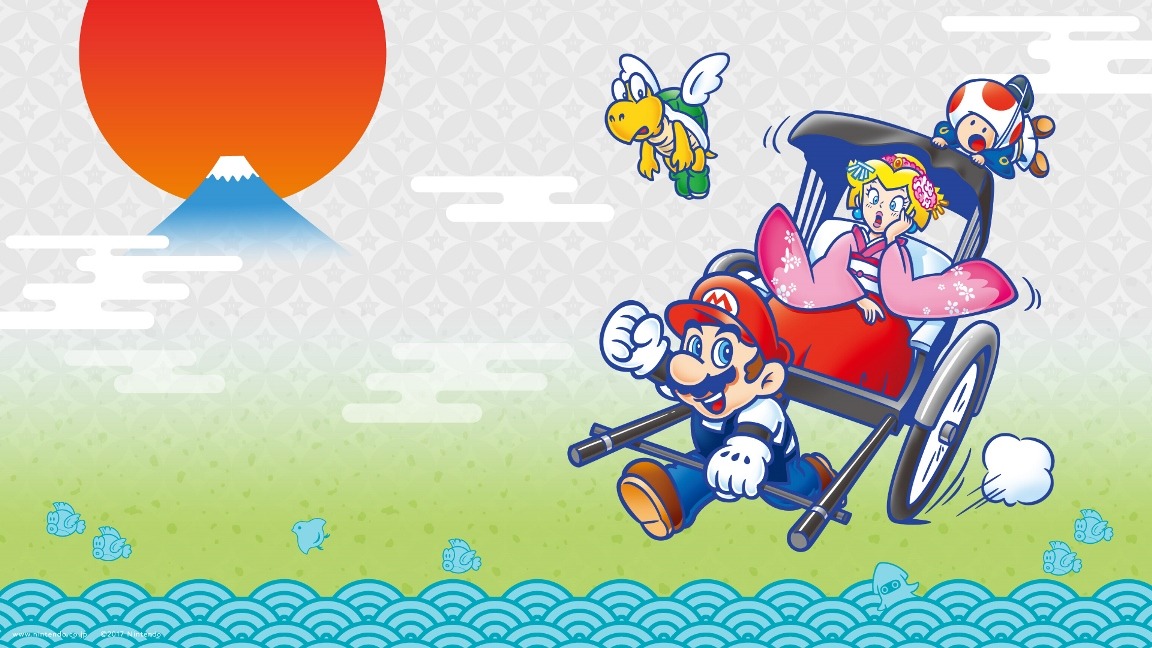
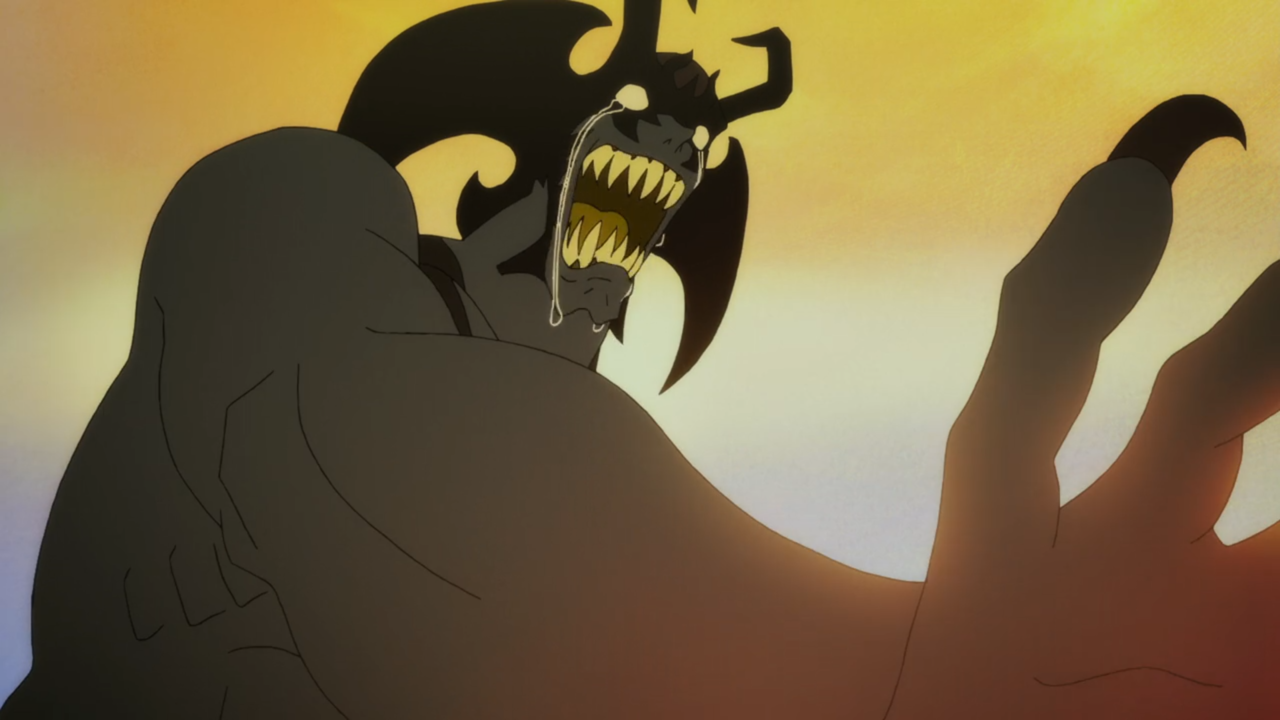
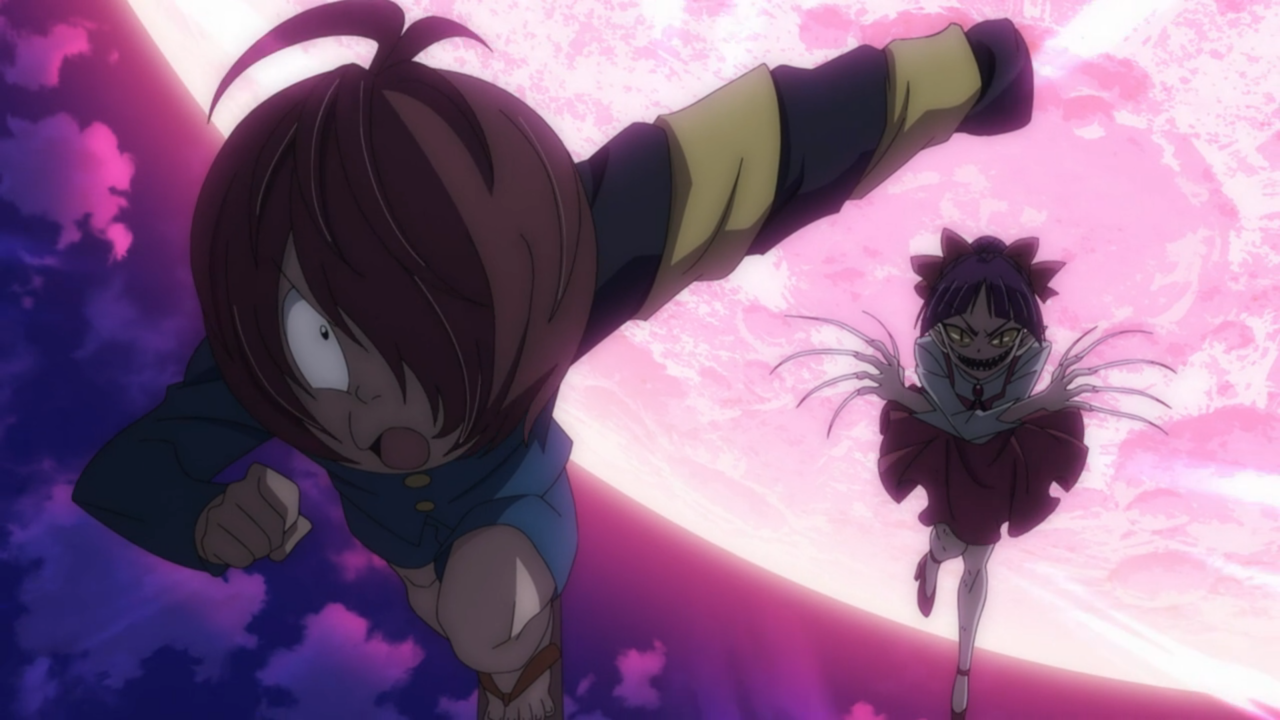
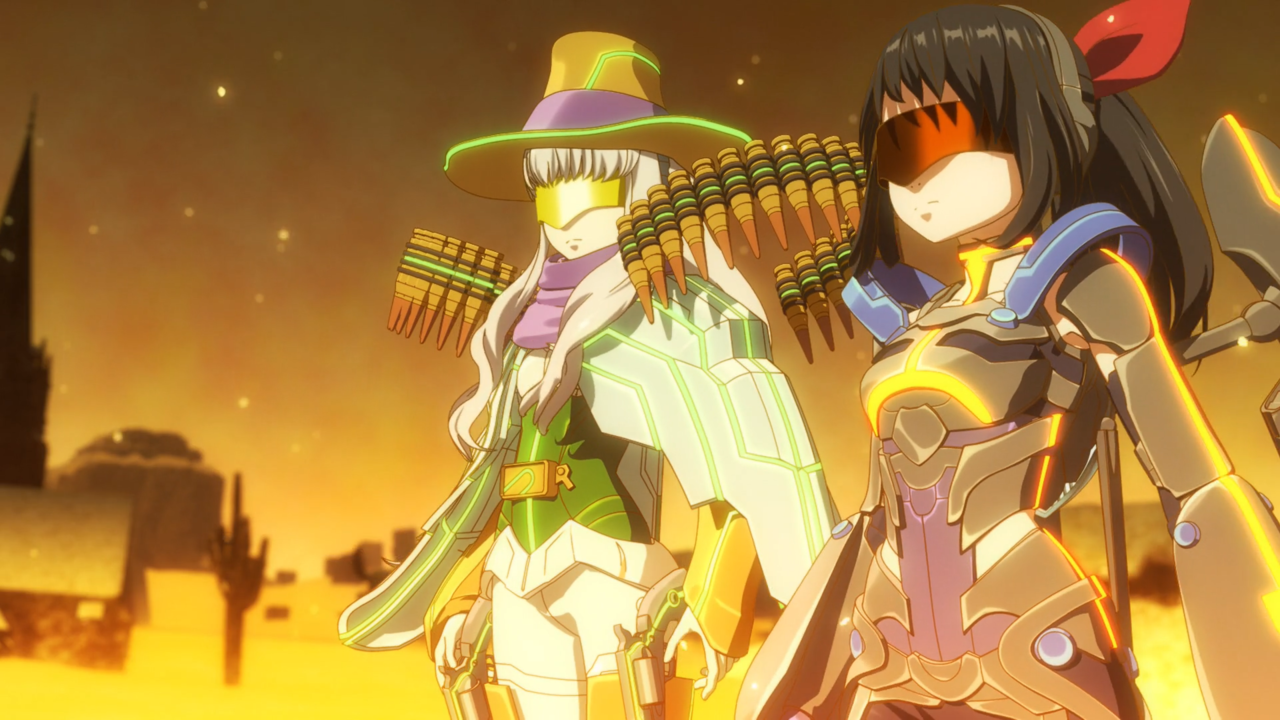

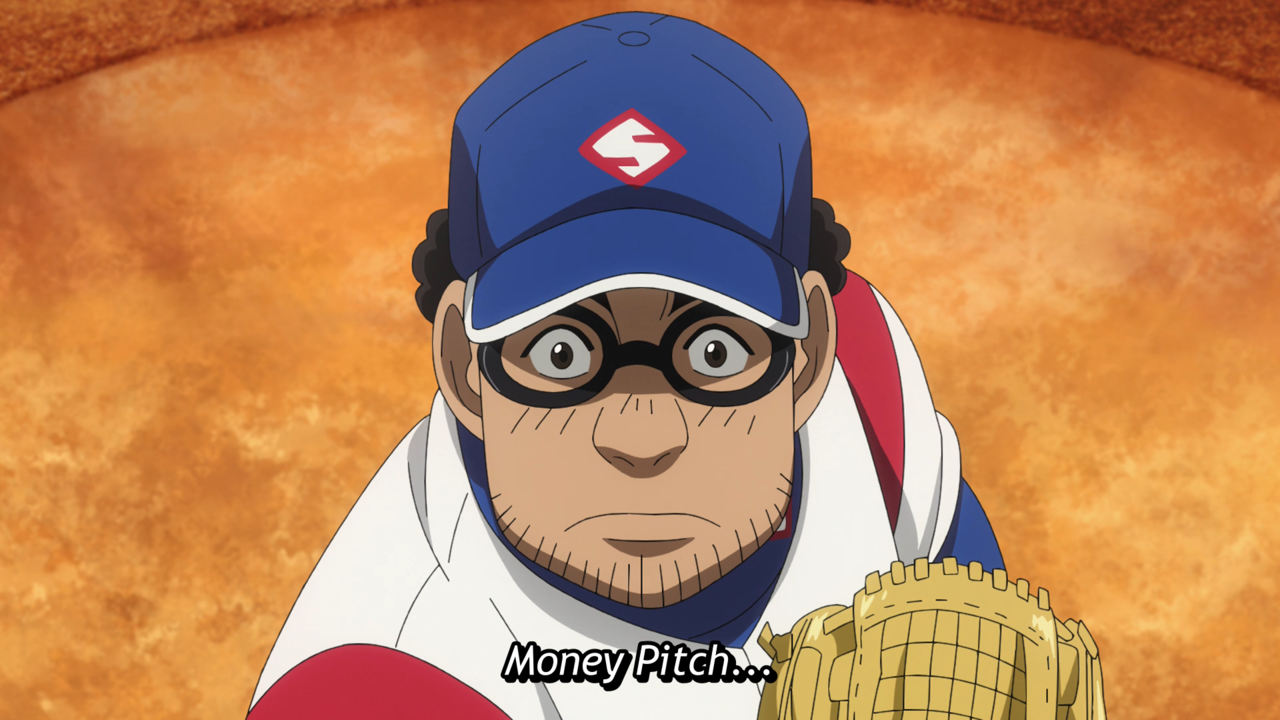

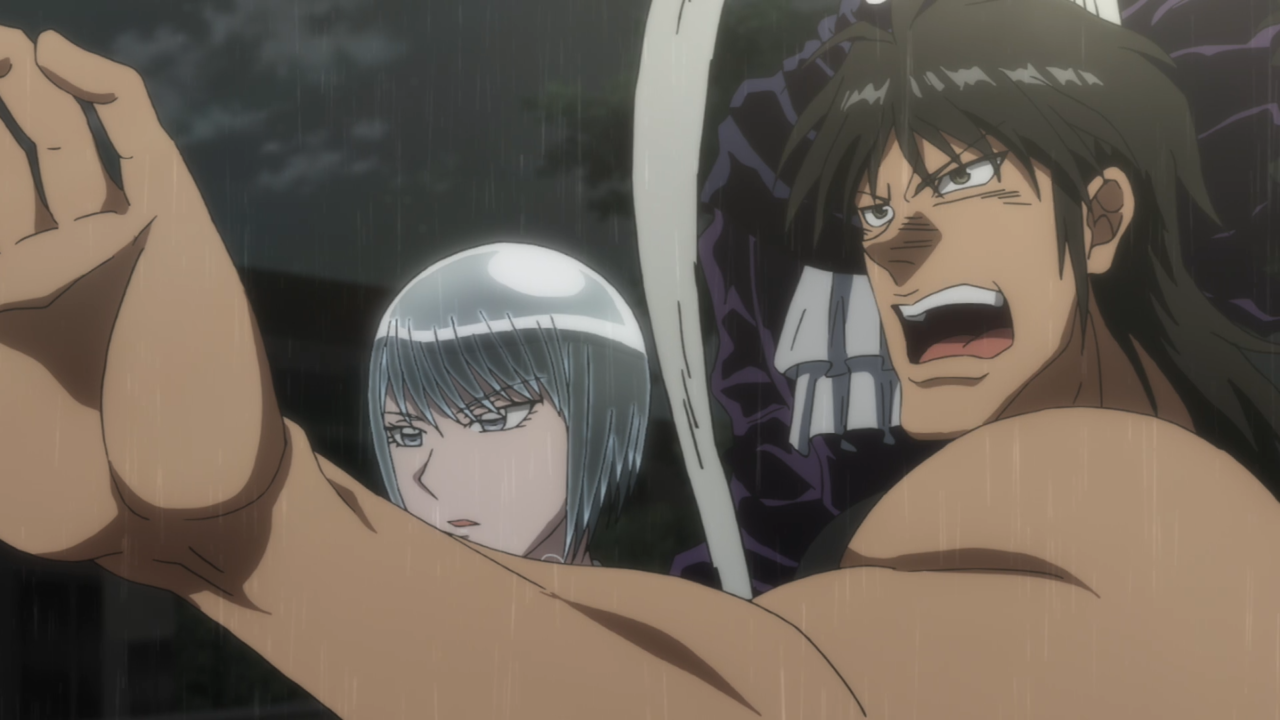
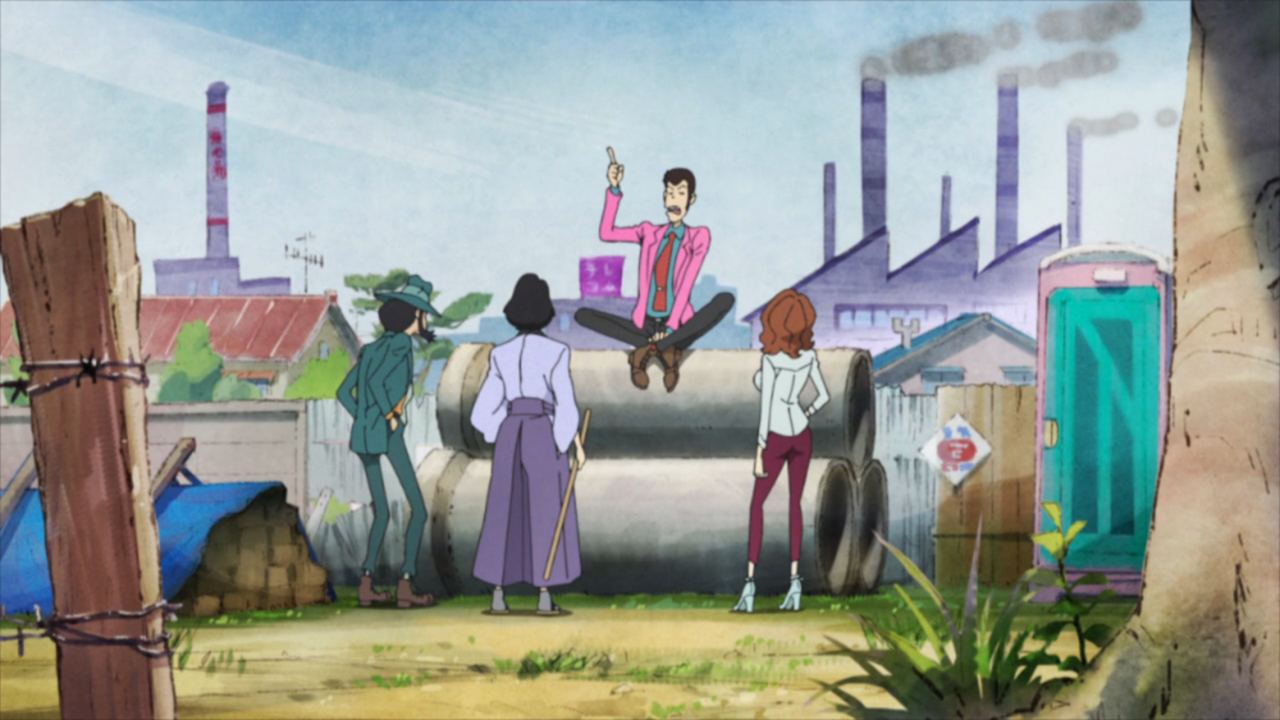
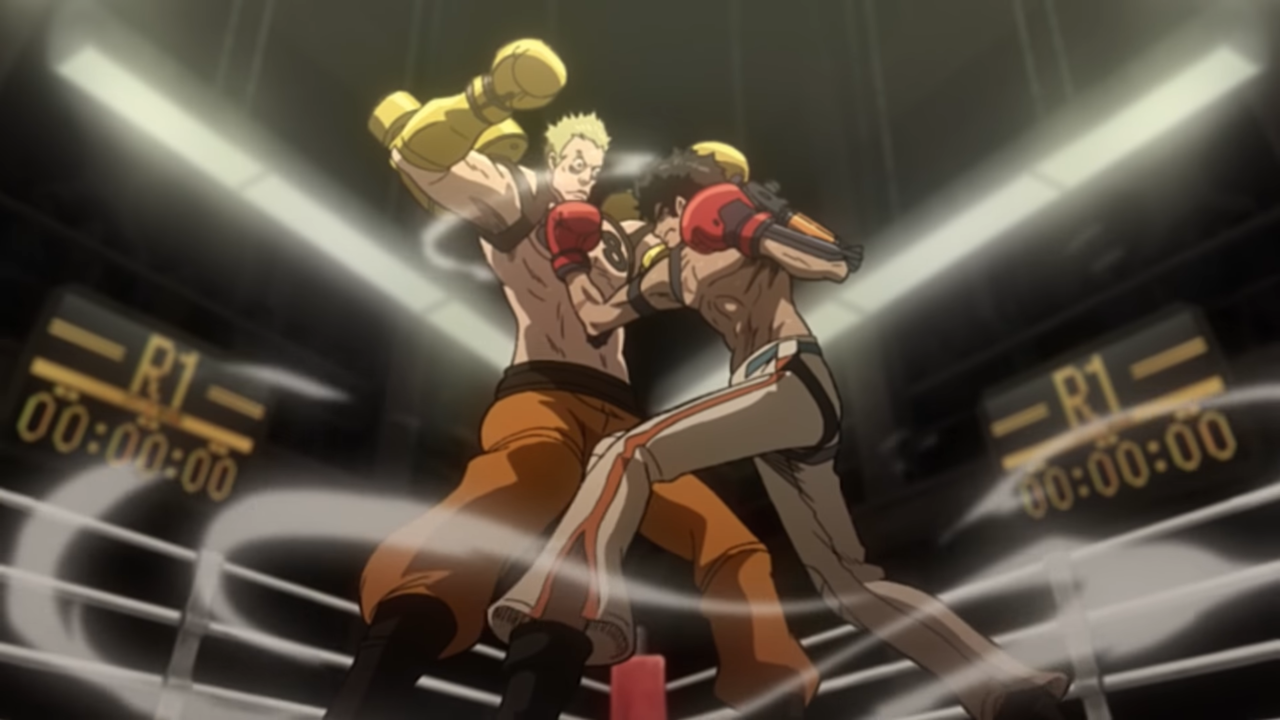
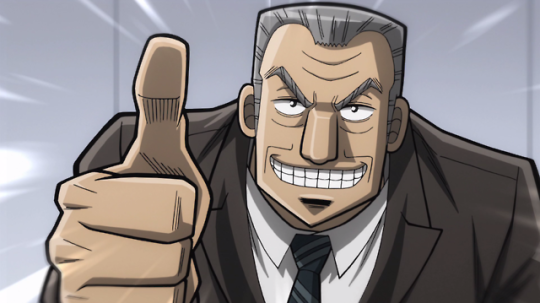

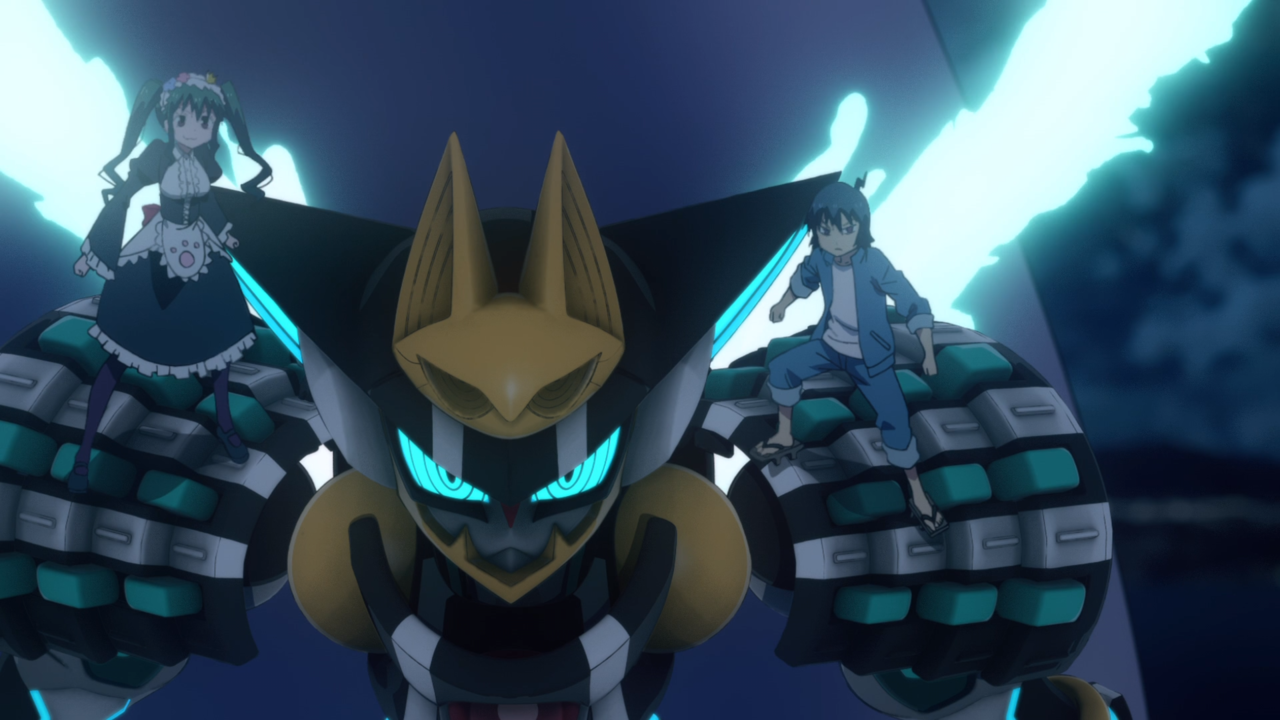

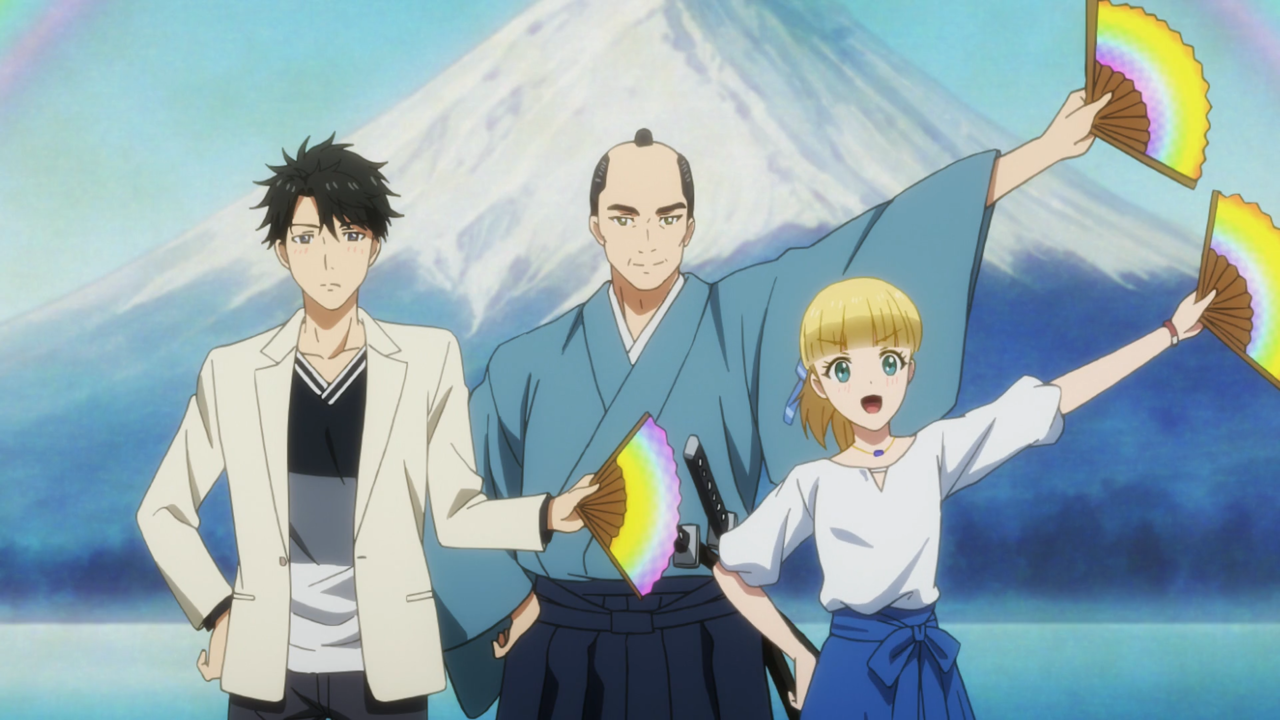
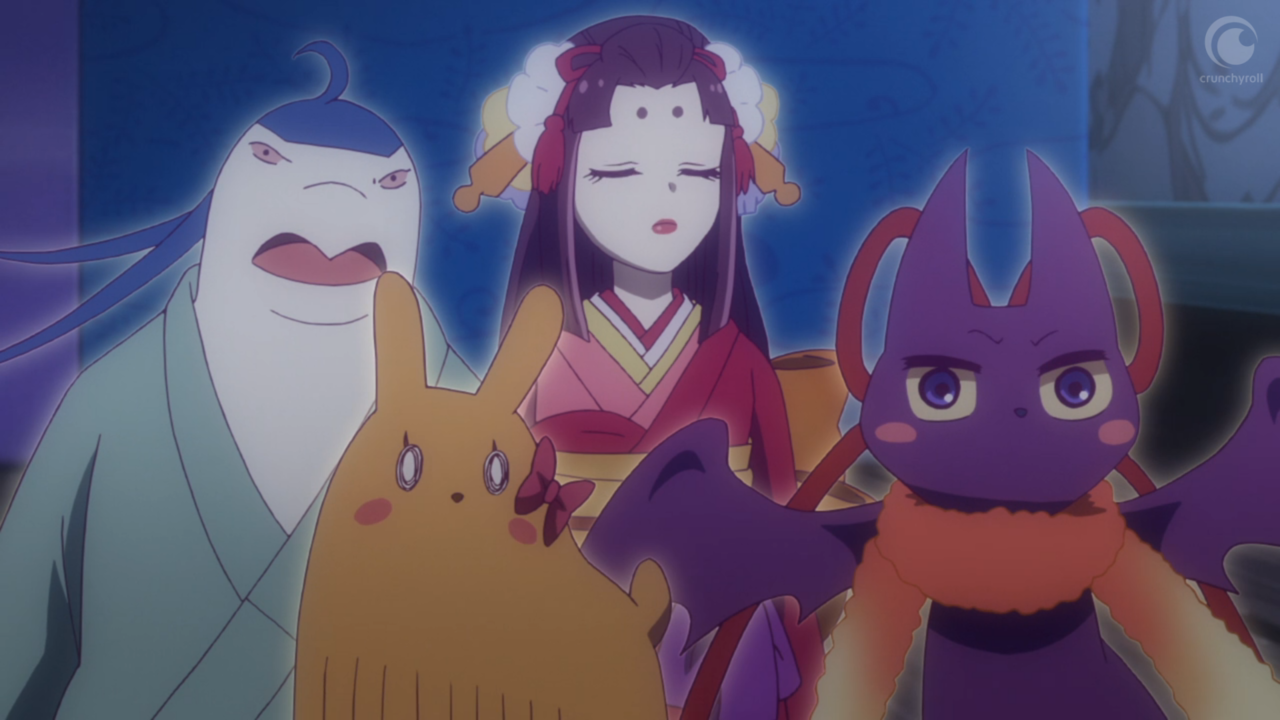


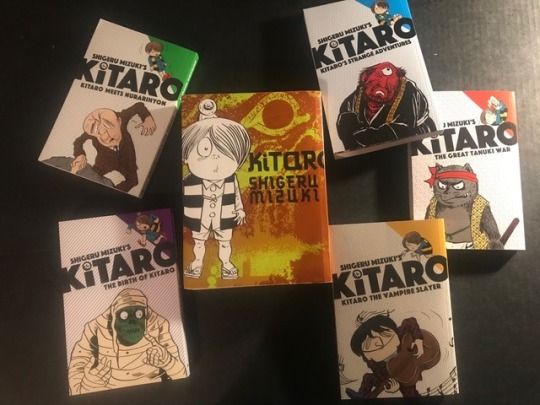
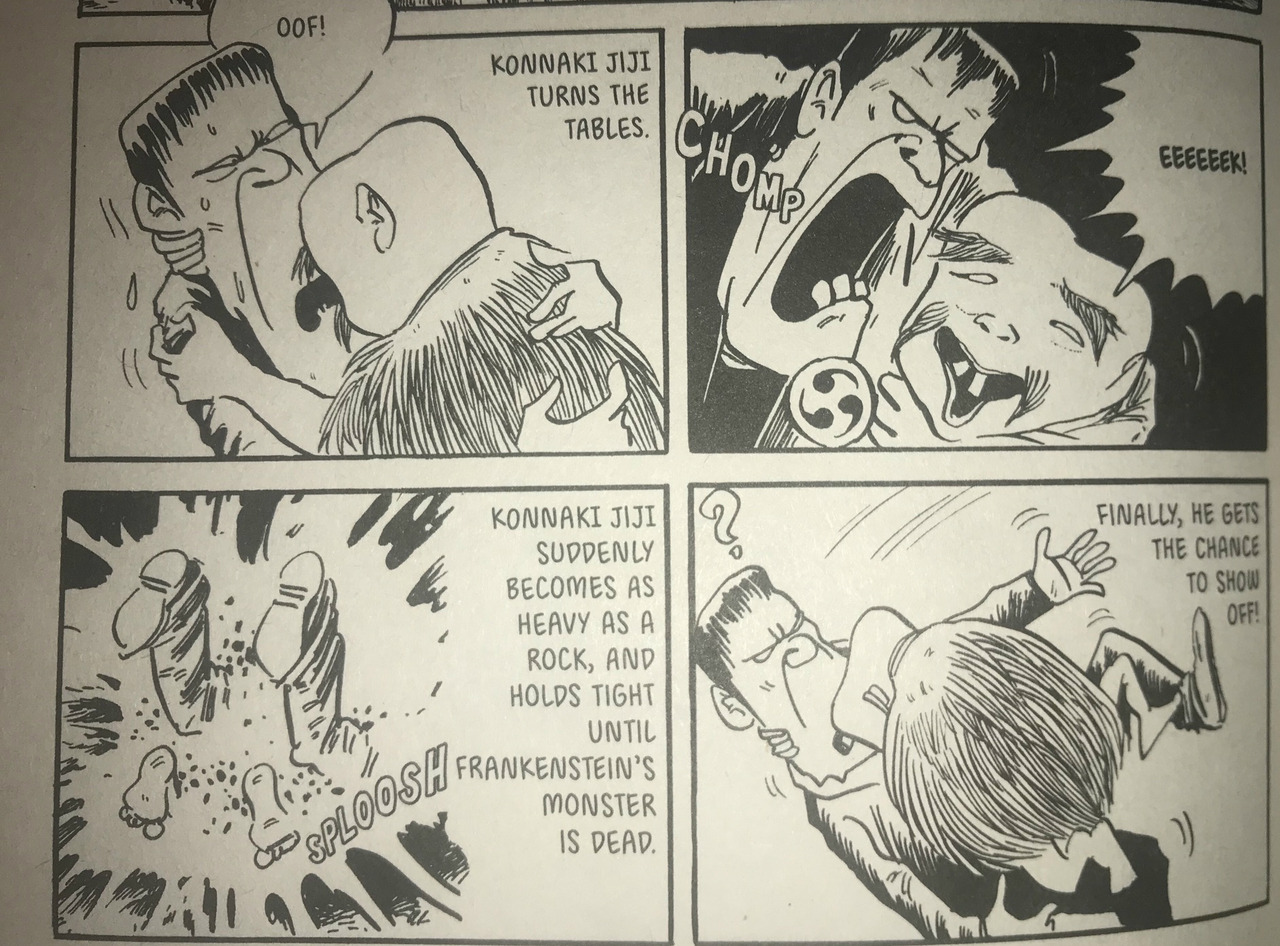
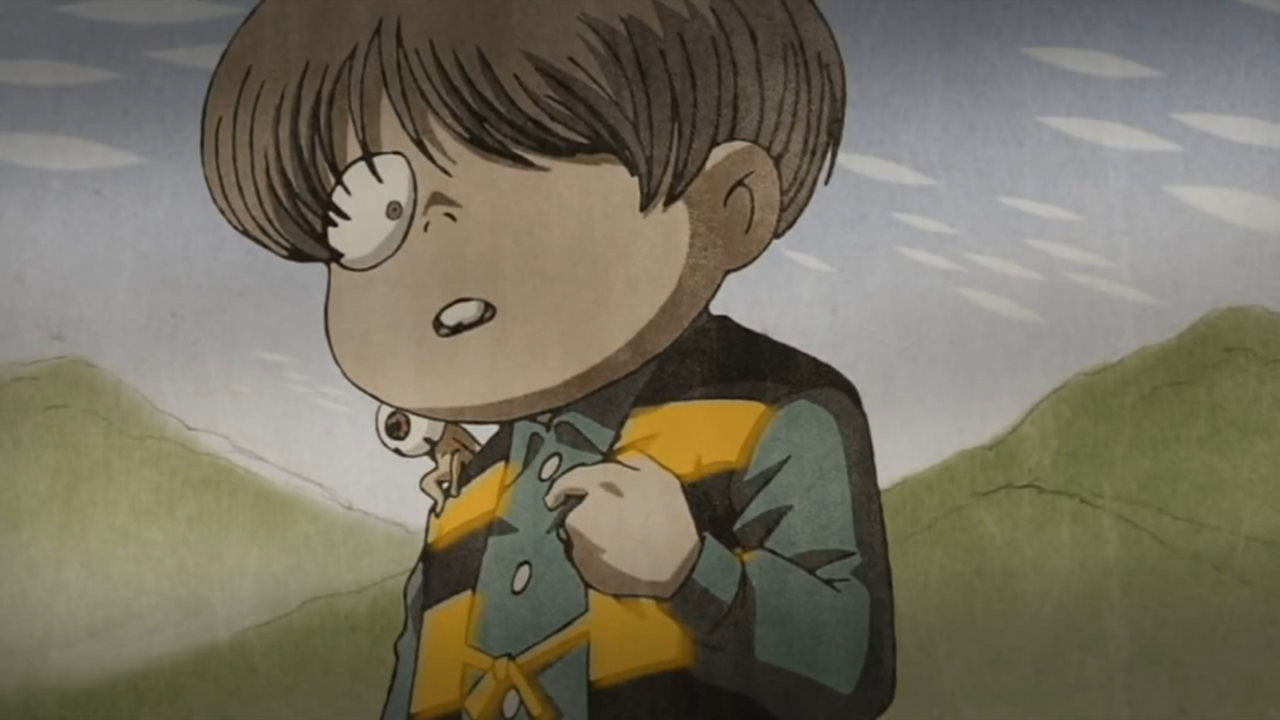
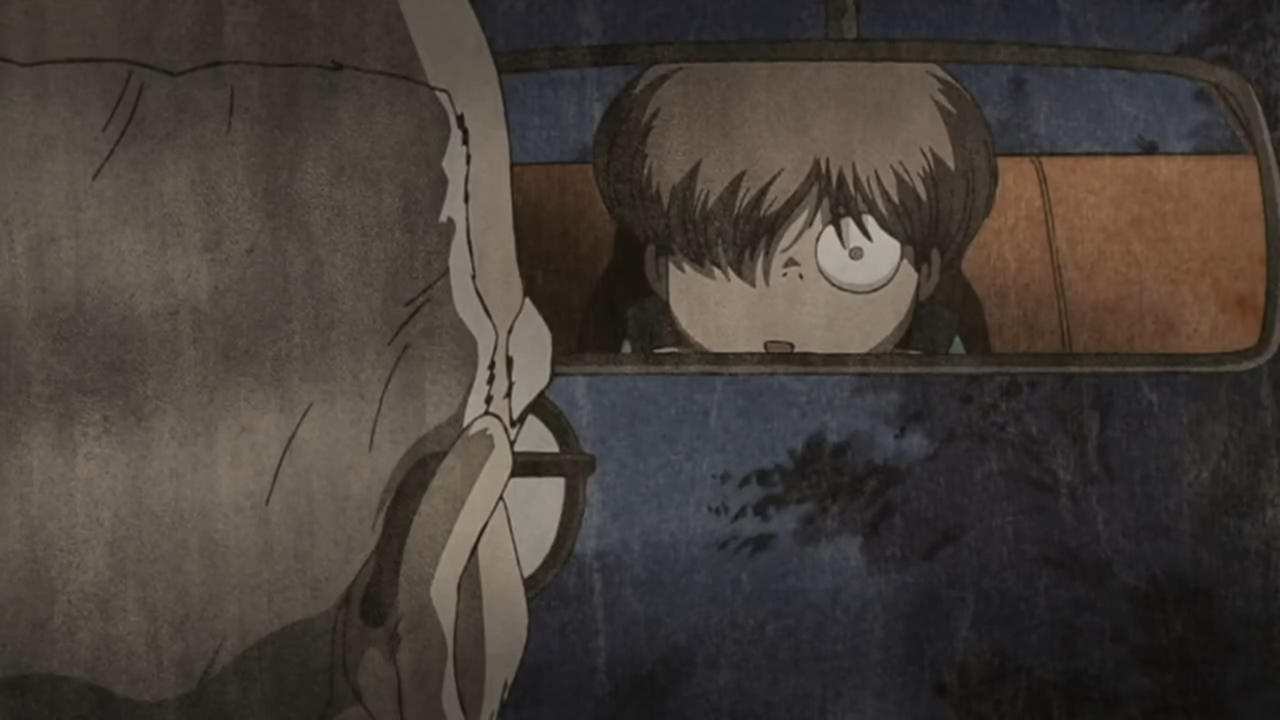

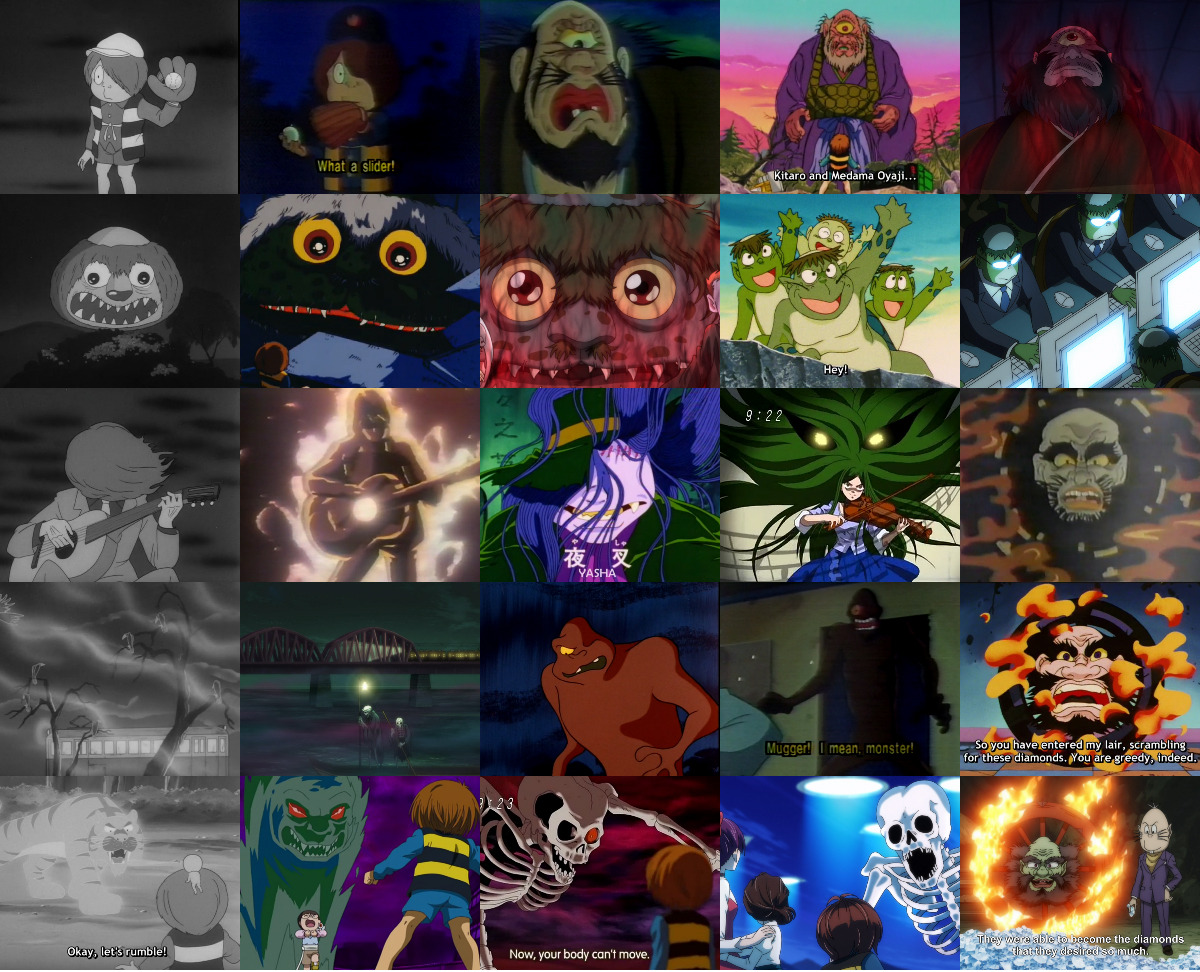
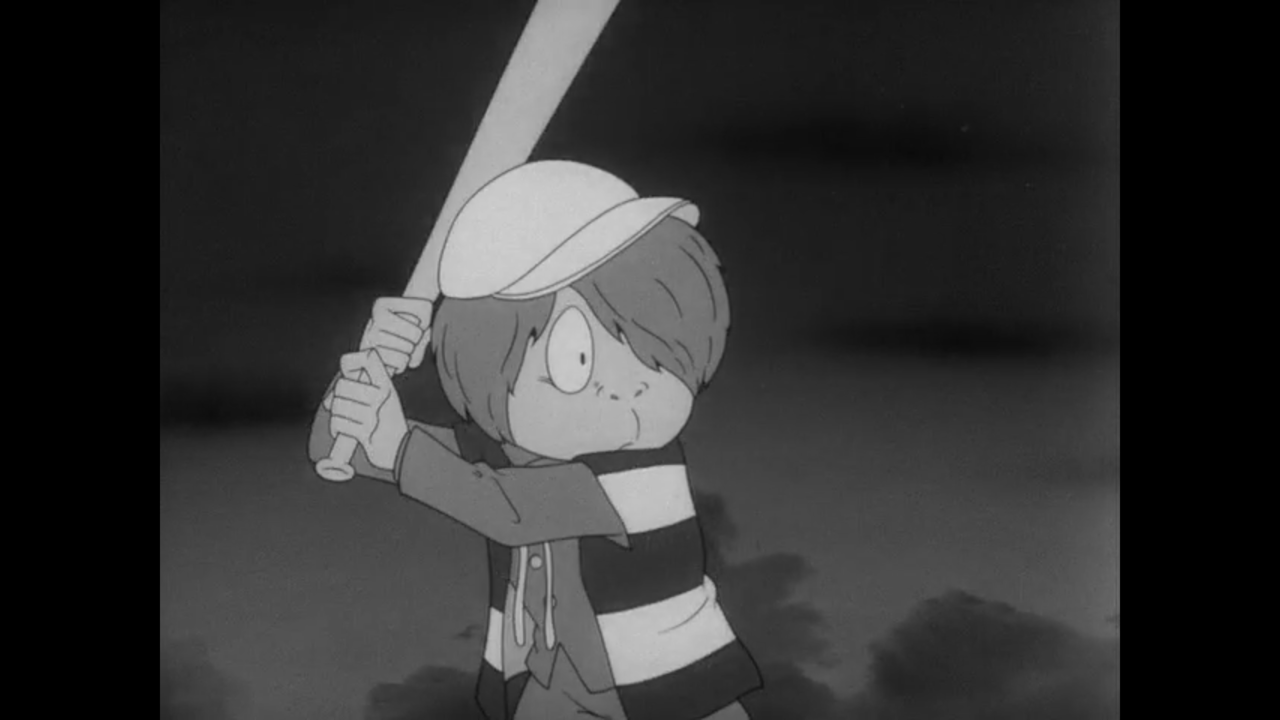
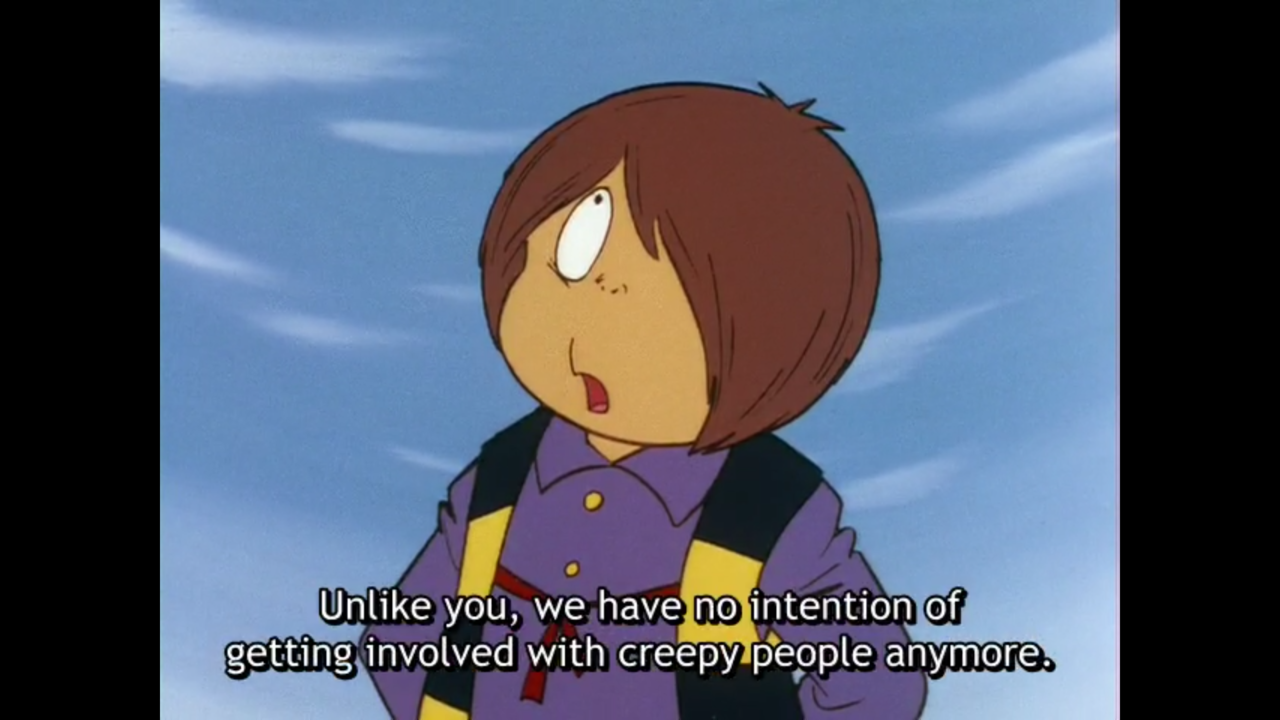
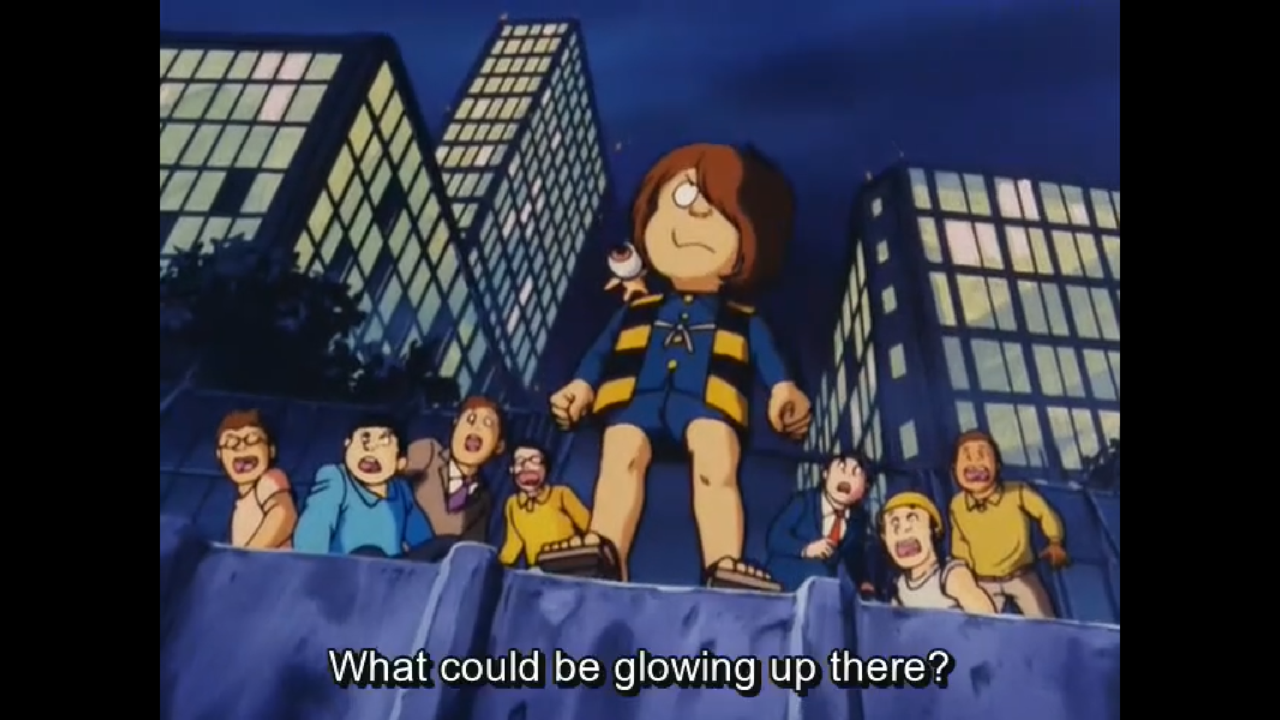
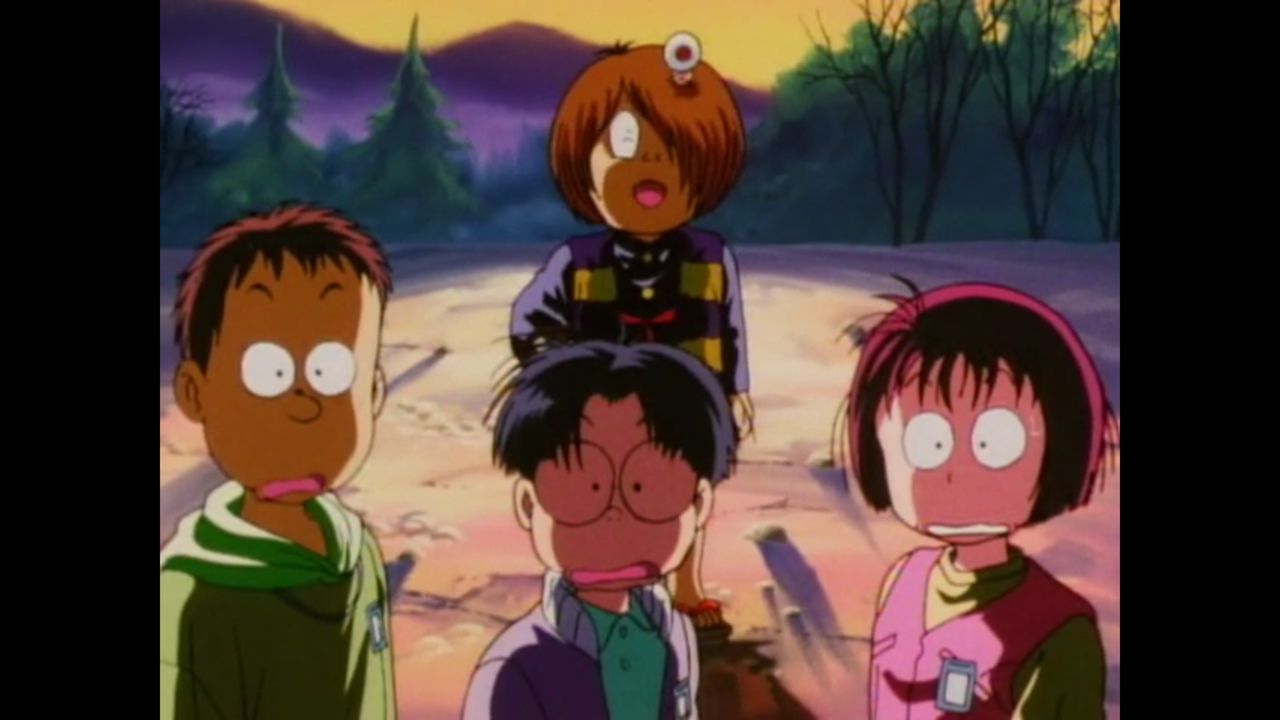
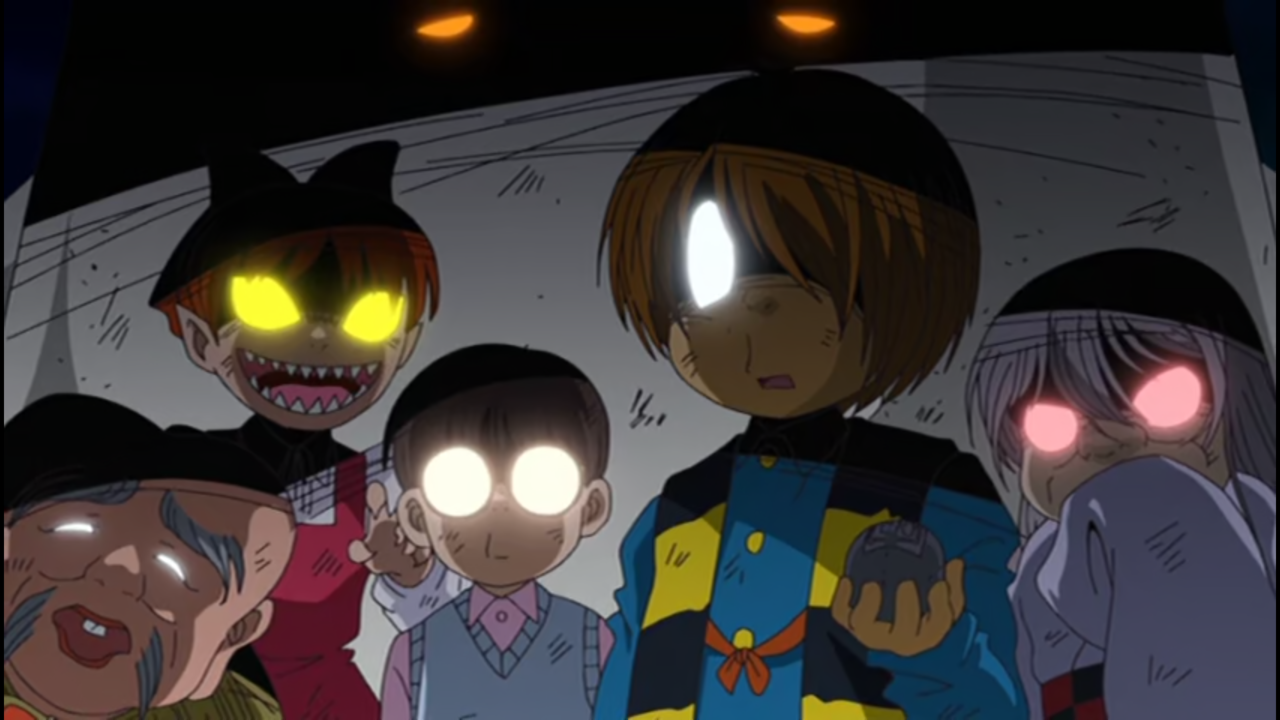
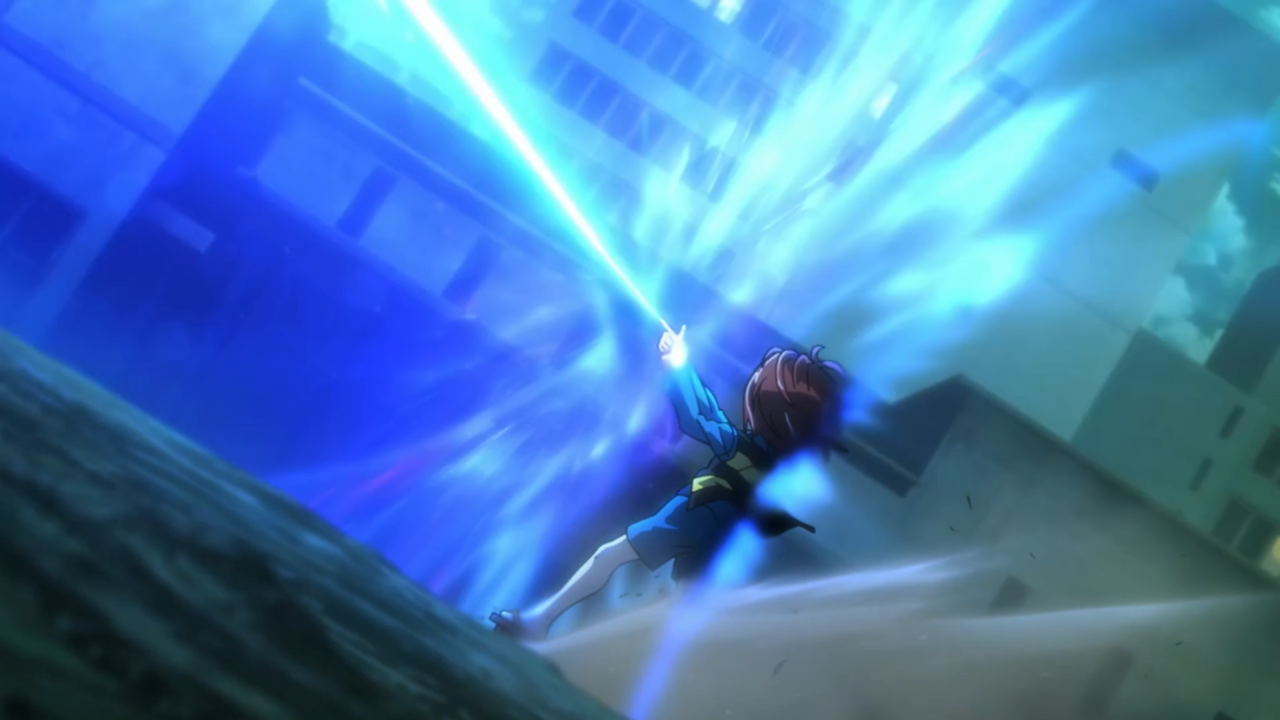

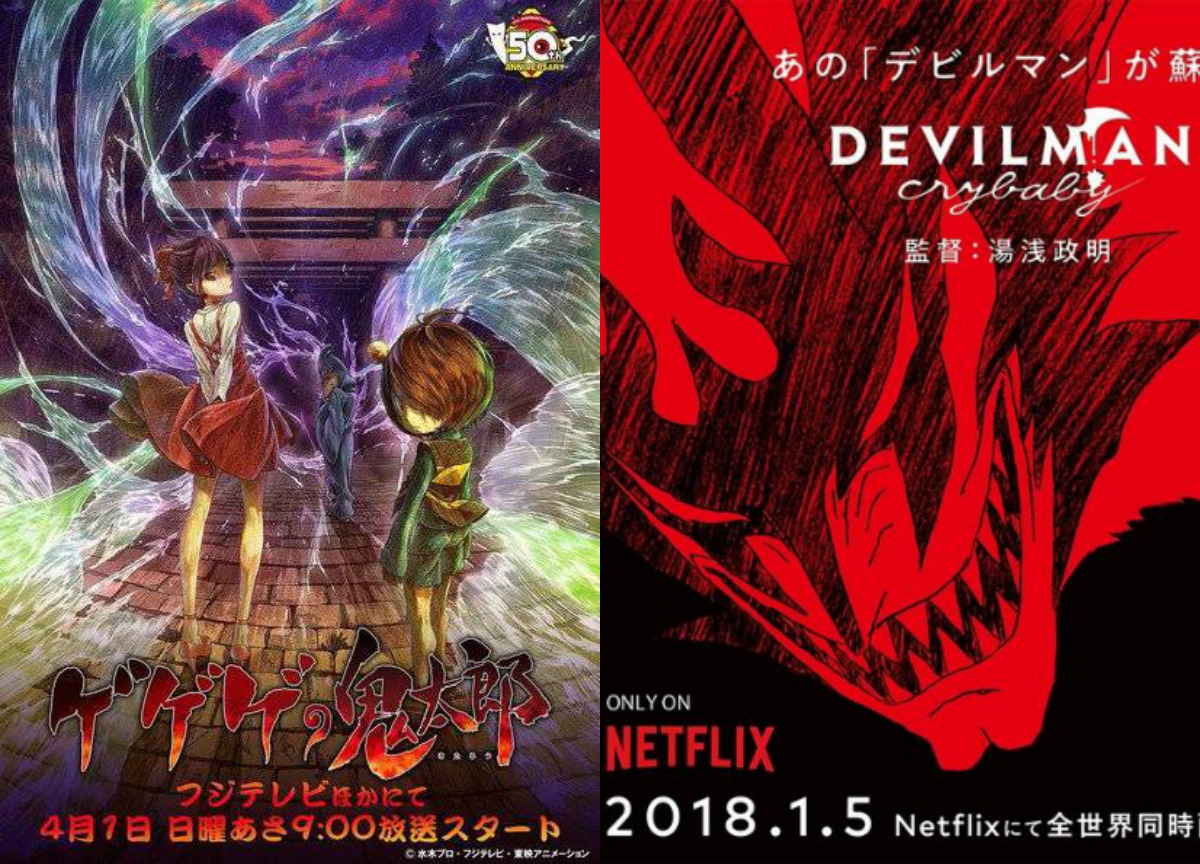
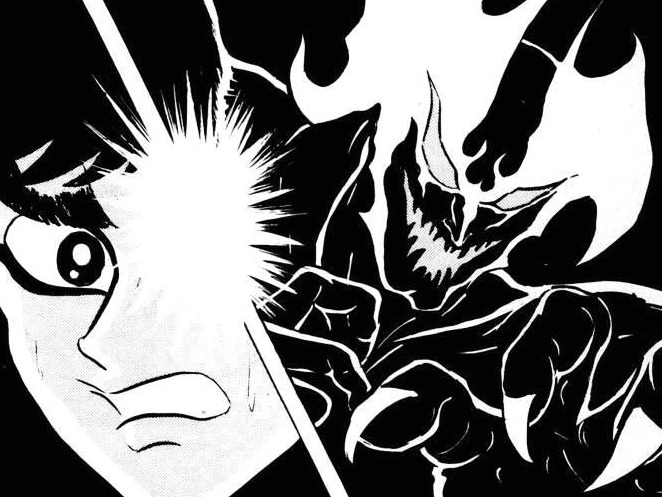
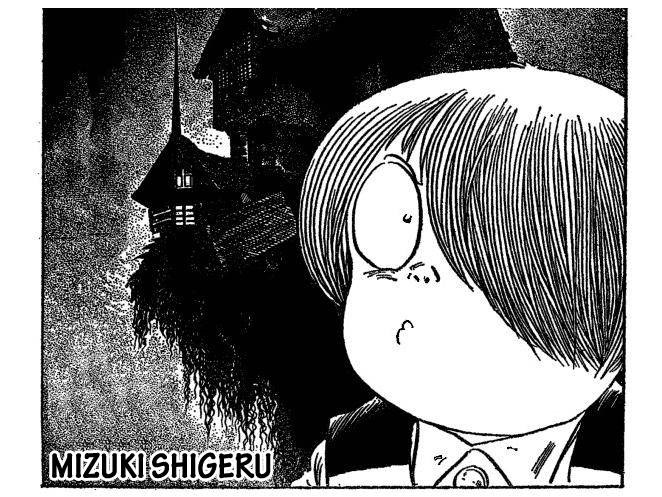
.jpg)


